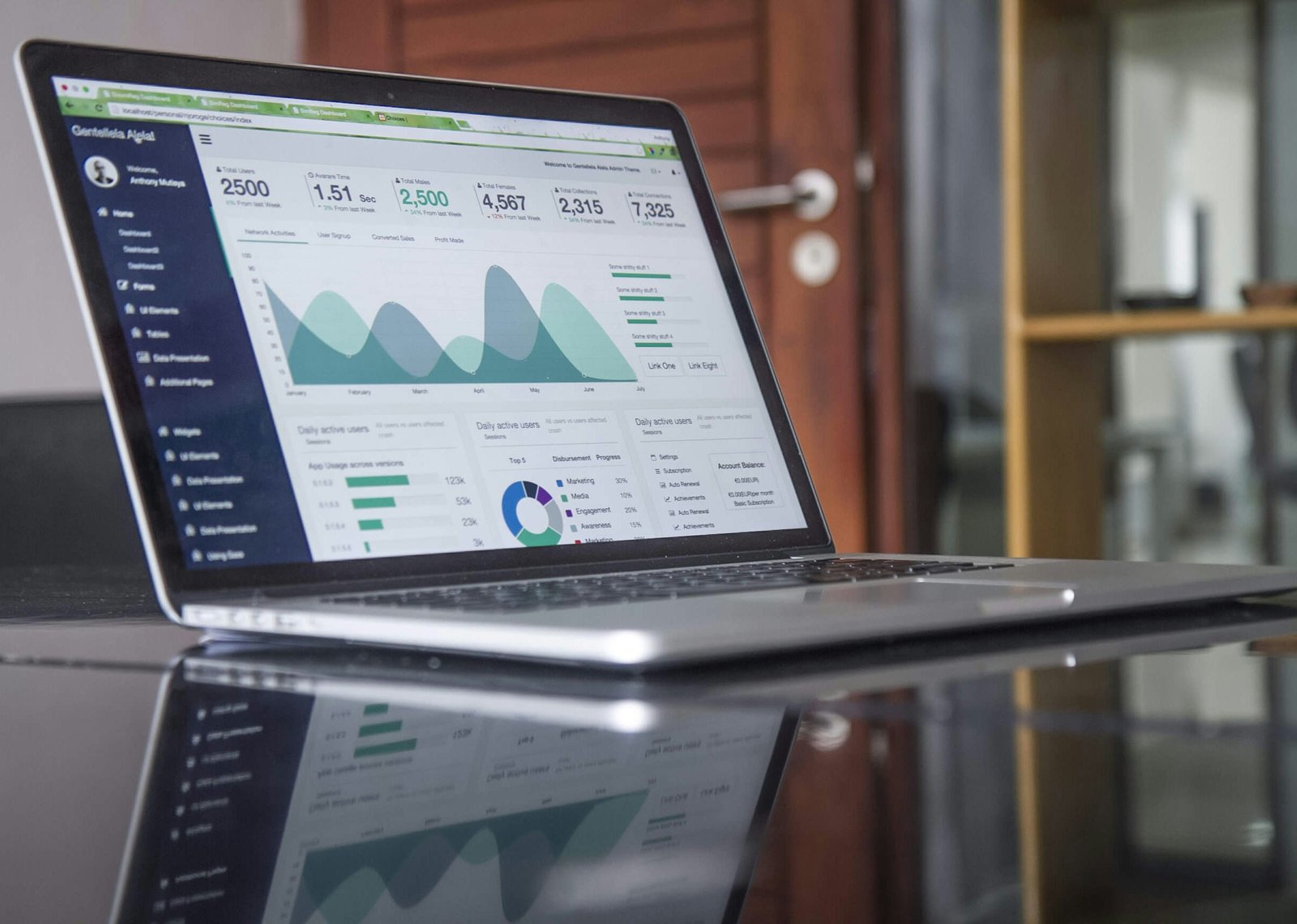Introduction
Is your PC running slower than usual? Are you frustrated with long loading times and sluggish performance? Don’t worry, there are several steps you can take to make your PC run faster and improve its overall performance. In this article, we will discuss some effective techniques and optimizations that can help you speed up your PC and enhance your computing experience.
1. Clean up your hard drive
Over time, your hard drive can become cluttered with unnecessary files and data that can slow down your PC. To free up space and improve performance, it’s important to regularly clean up your hard drive. Here are a few ways you can do this:
Delete unnecessary files
Start by deleting any files or documents that you no longer need. This could include old photos, videos, or documents that are taking up valuable space on your hard drive. You can manually go through your files and delete them, or use a disk cleanup tool to automate the process.
Remove unused programs
Take a look at the programs installed on your PC and uninstall any that you no longer use or need. These unused programs can take up valuable space and resources, slowing down your PC. To uninstall programs, go to the Control Panel and select “Uninstall a program” or use a third-party uninstaller tool.
Clear your browser cache
Your web browser stores temporary files and data to improve your browsing experience. However, over time, these files can accumulate and slow down your browser. Clearing your browser cache can help improve performance. To do this, go to your browser settings and look for the option to clear your cache.
2. Disable unnecessary startup programs
When you start your PC, certain programs may automatically launch and run in the background. These programs can consume valuable system resources and slow down your PC’s startup time. To improve performance, it’s a good idea to disable any unnecessary startup programs. Here’s how:
Use the Task Manager
Press Ctrl + Shift + Esc to open the Task Manager. Go to the “Startup” tab, where you’ll see a list of programs that launch at startup. Right-click on any program you want to disable and select “Disable”. Be cautious not to disable any essential system programs.
Manage startup programs in Windows settings
You can also manage startup programs through the Windows settings. Go to the “Settings” menu, then select “Apps” and “Startup”. Here, you’ll find a list of programs that launch at startup, and you can toggle the switch to disable any unnecessary ones.
3. Optimize your hard drive
Optimizing your hard drive can help improve its performance and speed up your PC. Here are a few ways you can optimize your hard drive:
Defragment your hard drive
Over time, files on your hard drive can become fragmented, meaning they are stored in non-contiguous sectors. This can slow down file access times. Running a disk defragmentation tool can help reorganize these files and improve performance. To defragment your hard drive, search for “Defragment and Optimize Drives” in the Windows search bar and follow the instructions.
Check for errors
Errors on your hard drive can also impact performance. Use the built-in Windows tool called “Check Disk” to scan and fix any errors on your hard drive. Open a Command Prompt window as an administrator and type “chkdsk C:” (replace C: with the drive letter of your hard drive) and press Enter. Follow the prompts to scan and fix any errors.
4. Upgrade your hardware
If your PC is still running slow after optimizing your software, it may be time to consider upgrading your hardware. Here are a few hardware upgrades that can significantly improve your PC’s performance:
Upgrade your RAM
RAM (Random Access Memory) is an essential component of your PC that affects its overall speed and performance. Upgrading your RAM can provide your PC with more memory to handle multiple tasks and applications simultaneously. Check your PC’s specifications to determine the type and maximum capacity of RAM it supports, and consider upgrading if needed.
Replace your hard drive with an SSD
Traditional hard drives can be a major bottleneck when it comes to PC performance. Consider replacing your old hard drive with a Solid State Drive (SSD). SSDs are faster, more reliable, and offer better performance compared to traditional hard drives. They can significantly reduce boot times and improve overall system responsiveness.
Upgrade your graphics card
If you’re using your PC for gaming or graphic-intensive tasks, upgrading your graphics card can greatly enhance performance. A more powerful graphics card can handle demanding games and applications more efficiently, resulting in smoother gameplay and faster rendering times.
5. Keep your PC updated
Regularly updating your PC’s software and drivers is essential for optimal performance and security. Updates often include bug fixes, performance improvements, and new features. Here’s what you should keep updated:
Operating system updates
Enable automatic updates for your operating system to ensure you receive the latest security patches and performance enhancements. In Windows, go to “Settings” > “Update & Security” > “Windows Update” to check for updates and configure automatic updates.
Driver updates
Outdated or incompatible drivers can cause performance issues. Visit the manufacturer’s website for your PC or individual components (such as graphics card, sound card, etc.) to download and install the latest drivers.
Conclusion
By following these tips and techniques, you can significantly improve the speed and performance of your PC. Remember to regularly clean up your hard drive, disable unnecessary startup programs, optimize your hard drive, consider hardware upgrades if needed, and keep your PC’s software updated. With these optimizations, you’ll enjoy a faster and more efficient computing experience.


Write a Comment